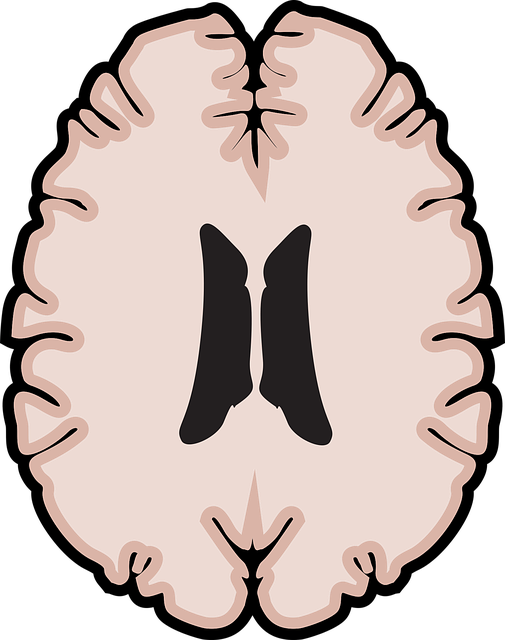Positive thinking exercises, as taught in Superior Mindfulness Therapy, are effective tools for mental health and wellness. These practices, including reframing negative thoughts and gratitude practice, promote optimism, resilience, and stress reduction. The therapy helps manage anxiety, reduce stigma around mental illness, and encourages early intervention through open conversations about emotional well-being. By integrating these techniques into daily life, individuals can enhance mental wellness, improve emotional healing, and strengthen neural pathways for better stress management and emotional intelligence. Tracking progress through measurable goals and thinking patterns analysis is crucial for refining the therapy's benefits, fostering emotional regulation skills, and ensuring long-lasting positive changes.
Unleash the power of positive thinking with this transformative journey towards a happier, healthier mind. This article guides you through implementing effective exercises designed to cultivate optimism and enhance well-being. From understanding the science behind positive thinking to integrating these practices into your daily routine, you’ll learn practical strategies for tracking progress and maintaining mindfulness. Discover how superior mindfulness therapy can revolutionize your life, fostering resilience and a deeper sense of calm.
- Understanding Positive Thinking Exercises
- Integrating Positive Thinking into Daily Life
- Tracking Progress and Sustaining Mindfulness
Understanding Positive Thinking Exercises

Positive thinking exercises are a powerful tool within the realm of mental health and wellness, offering a simple yet effective approach to transforming one’s mindset. These practices encourage individuals to cultivate optimism, resilience, and a more positive perspective on life. By engaging in regular exercises like reframing negative thoughts or practicing gratitude, people can experience significant improvements in their overall well-being. This form of therapy is an accessible way to enhance mental fortitude and promote healthier emotional responses.
In the context of Superior Mindfulness Therapy, these exercises play a pivotal role in helping individuals manage stress and anxiety effectively. Stress reduction methods often incorporate positive thinking as a strategy to mitigate the impact of mental health challenges. Moreover, by regularly practicing such exercises, folks can reduce the stigma associated with mental illness, fostering a more inclusive and supportive environment for open conversations about emotional well-being. This, in turn, encourages early intervention and better access to suitable risk assessment tools for mental health professionals.
Integrating Positive Thinking into Daily Life

Integrating positive thinking into daily life is a powerful step towards enhancing mental wellness and emotional healing processes. It involves a conscious shift in perspective, where individuals focus on cultivating gratitude, optimism, and self-talk that fosters resilience. This isn’t merely a mental exercise; it’s a practice that can transform one’s overall well-being. By adopting positive thinking, people can better navigate life’s challenges, making them more adept at managing stress and improving their emotional intelligence.
Superior Mindfulness Therapy plays a pivotal role here by guiding individuals through specific techniques to enhance their mental wellness coaching programs development. These include mindfulness practices, cognitive reframing, and affirmations that help in challenging negative thought patterns. Over time, these exercises strengthen the brain’s neural pathways, leading to more positive and balanced thinking. As a result, individuals become better equipped to handle daily stressors, fostering a sense of inner peace and improved emotional intelligence.
Tracking Progress and Sustaining Mindfulness

Tracking progress is an integral part of any positive thinking exercise implementation. By setting measurable goals and regularly assessing one’s thoughts and behaviors, individuals can gain valuable insights into their mental health journey. This process allows for adjustments to be made, ensuring that the practice remains effective and aligned with personal growth objectives. For instance, using a journal or digital tool to record daily reflections can help identify patterns in thinking and emotions over time. Such awareness is crucial for cultivating superior mindfulness therapy, as it enables individuals to take proactive steps towards managing their mental well-being.
Sustaining mindfulness requires consistent effort and diverse strategies. Crisis intervention guidance often incorporates empathy building strategies, such as active listening and compassionate communication, to foster a supportive environment. Regular practice of mindfulness meditation has been shown to enhance these skills, promoting better emotional regulation. It encourages individuals to stay present, thereby reducing the impact of negative thoughts and increasing their capacity to appreciate positive experiences. This continuous practice ensures that the benefits of superior mindfulness therapy endure beyond structured exercises.
Implementing positive thinking exercises is a powerful tool for enhancing mental well-being. By integrating these practices into daily routines, individuals can cultivate a more optimistic outlook and improve overall life satisfaction. Tracking progress and maintaining mindfulness are key to sustaining the benefits of positive thinking. Embracing Superior Mindfulness Therapy through these exercises allows one to navigate life’s challenges with resilience and grace, ultimately leading to a happier and more fulfilling existence.














